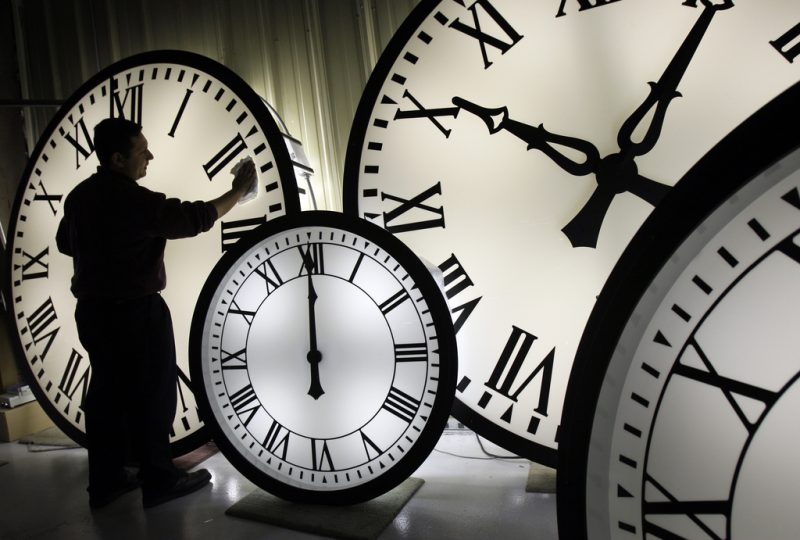
(NEXSTAR) — Despite local and federal efforts, nearly every state will soon partake in the biannual practice of changing from daylight saving time to standard time.
Daylight saving time ends on November 3, which means most Americans will gain an hour of sleep. The sun will rise earlier in the morning, making early commutes slightly brighter. On the other end, though, the sun will set earlier.
While efforts to put the U.S. on permanent daylight saving time have stalled, there is still widespread support behind “locking the clocks.”
So what would happen if we didn’t change the clocks when daylight saving time ends?
The most obvious change would be the amount of daylight we experience.
Let’s use Chicago as an example. When daylight saving time ends in November, sunrise will change from 7:25 a.m. to 6:26 a.m., according to this NOAA solar calculator. Sunrise times will slide later until they reach 7:18 in January. Then, the sun will slowly start to come up earlier and earlier until March (when daylight saving time begins again).
Meanwhile, when daylight saving time ends, sunset will shift from 5:43 p.m. to 4:42 p.m. The sun will set slightly earlier nearly every day, hitting 4:19 in mid-December, then creep later until making the large jump in March.
If daylight saving time was permanent and the clocks did not change in November, sunrises and sunsets would largely continue on their same trajectory. The sun would rise much later in Chicago, coming up after 8 a.m. for over two months.
That would lead to dark morning commutes to work and school, a problem opponents of permanent daylight saving time pointed to when the U.S. briefly locked the clock in the 1970s.
Days would, however, “last longer,” with the sun setting after 5 p.m. through December and January. Come February, the sun would set after 6 p.m.
Here’s a look at how the latest sunrise and earliest sunset times would vary across some of the nation’s largest cities if we were to stay on daylight saving time year-round.
| City | Sunrise/sunset when DST ends | Sunrise/sunset with permanent DST |
|---|---|---|
| Chicago | 7:18 a.m./4:19 p.m. | 8:18 a.m./5:19 p.m. |
| Los Angeles | 6:59 a.m./4:43 p.m. | 7:59 a.m./5:43 p.m. |
| Salt Lake City | 7:52 a.m./5 p.m. | 8:52 a.m./6 p.m. |
| New Orleans | 6:57 a.m./5 p.m. | 7:57 a.m./6 p.m. |
| New York City | 7:20 a.m./4:28 p.m. | 8:20 a.m./5:28 p.m. |
Proponents of permanent daylight saving time, including the lawmakers pushing for it, have also argued that it would help to cut back on crime, reduce traffic accidents, and improve our health overall.
As promising as that sounds, however, there is evidence it hasn’t worked well in the past.
In 1973, the U.S. shifted to permanent daylight saving time (for a third time) to combat a national energy crisis. It was initially well-received but quickly drew complaints from parents who were sending their children off to school in the dark. (Remember, the sun would rise later in the mornings during the winter.) After less than a year, the U.S. flipped back to the biannual changing of the clocks.
Unless Congress acts quickly and puts the U.S. on year-round daylight saving time again, most of America will be setting back their clocks an hour come November 3.

